Casablanca is the largest city in Morocco. It is the country’s commercial hub and locals tend to be more interested in business than in tourism. However, whilst it isn’t as atmospheric as other more popular Moroccan cities, Casablanca is definitely worth a day or two out of any trip to this North African nation. In this post, I will describe the best things to do in Casablanca.
In this article
Take a Tour
When Mark and I first arrive in a new city, we like to book a tour with a local guide. For us, this is the perfect way to pick up tips about the best places to eat and sights to see. It helps us really get under the skin of a place. Casablanca was no exception. We booked a ‘Medina and Beyond’ tour with Urban Adventures, an Intrepid company. You can read my full review of the tour here.
Visit Hassan II Mosque
Essentials
- Location – Boulevard Sidi Mohammed Ben Abdallah
- Opening Hours – guided tours at 9am, 10am, 11am & 3pm
- Cost – Adults – 120 Dirham, children aged 4 to 12 years – 30 Dirham, children under 4 years – FREE
Without doubt, the best thing to do in Casablanca has to be to visit Hassan II Mosque, one of only two mosques in Morocco which are open to non-Muslims. This magnificent building is a recent addition to the Casablanca skyline. It was built between 1986 and 1984 by the late King Hassan II to commemorate his 60th birthday.
The mosque is the largest in Morocco and the third-largest in the world (after those in Mecca and Medina). It can accommodate 25,000 worshippers indoors and a further 80,000 outdoors. The roof opens to allow fresh air in on days when the mosque is full. On cooler days, believers benefit from underfloor heating as they kneel to pray. The dimensions of the mosque (200m long x 100m wide x 65m tall) add up to 365, the number of days in a year.
Designed by French architect, Michel Pinseau, the building is on the site of an old Olympic-sized swimming pool and was partially funded by public subscription. It is set on a rocky outcrop jutting over the ocean. The site was chosen because of a verse in the Quran which states that God’s throne was built upon the water. The 210 metre-tall minaret is Casablanca’s main landmark.
Our guide, Isham, was clearly very proud of the Moroccan artisanship on display in the mosque. He told us that 6000 master craftsmen worked on the interior, delicately carving intricate patterns in cedar wood from the Atlas Mountains and pink granite from Agadir. After carving, the cedar ceiling was gilded and enhanced with exquisite zellij (ceramic tiling). The predominant colour is green, the Islam colour of paradise.
The huge doors of the mosque are made of titanium to ensure that they will never rust despite being so close to water. They are electronically operated and open upwards. There are marble ablution fountains in the basement which have been made to look like giant lotus flowers. It’s a little disconcerting to see waves breaking over the rocks through a glass floor in this room! Maintenance staff use black soap, made from olives, to stop the marble surfaces deteriorating in the salty air.
Women don’t have to cover their heads when they visit, but all guests are expected to dress and act respectfully. At the very least, knees and shoulders need to be covered. When we were there, security staff forcibly removed some Japanese tourists who were inappropriately dressed and who were posing for photos by draping themselves across the ablution fountains!
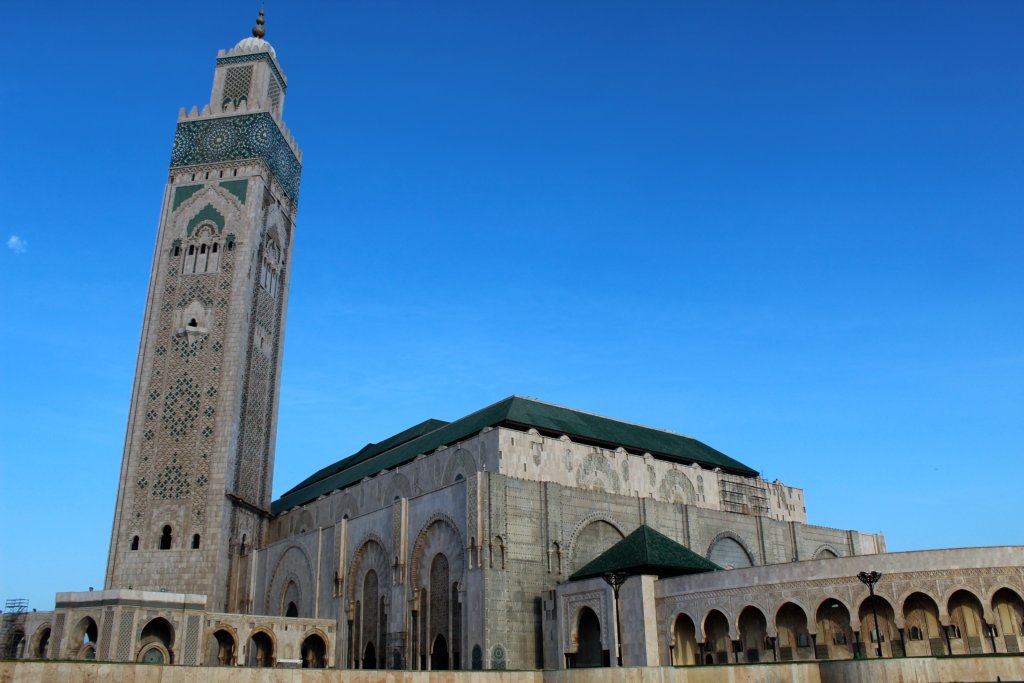
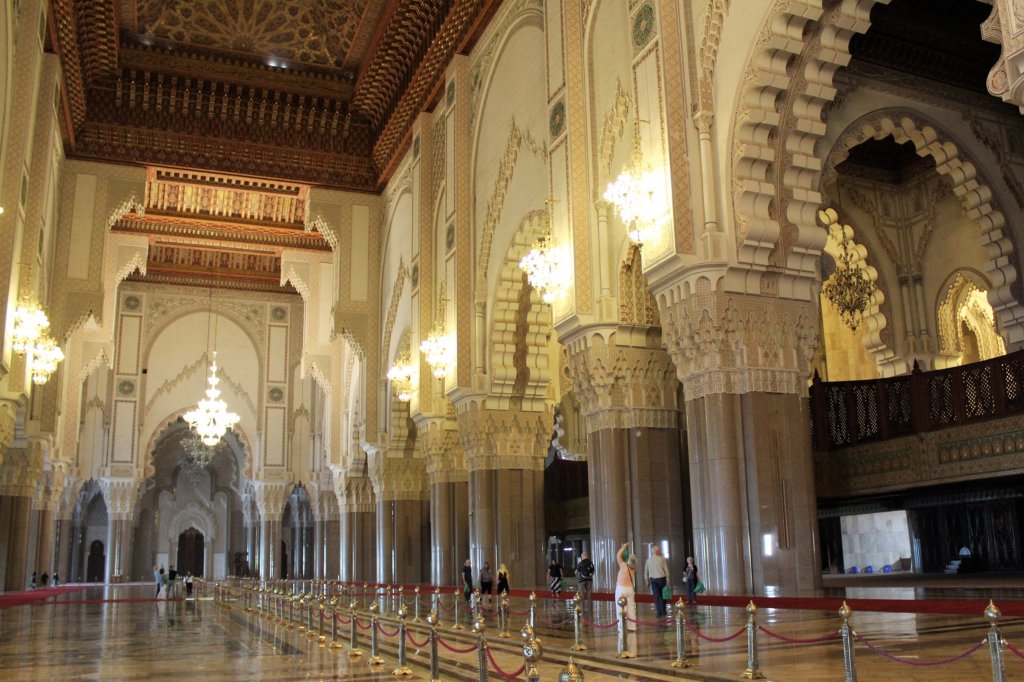
Wander Through the Medina
Casablanca’s old medina was built in the 19th century. It is much smaller than those found in other Moroccan cities and lacks their medieval charm. Most of the shops sell everyday items needed by local people. There are only a few stalls selling tourist tat. For me, though, this adds to the medina’s appeal. We loved watching the locals shop as we sat outside a packed café sipping refreshing mint tea.
If you visit the medina with a local guide, as we did, you will also see the wholesale clothing, shoe and olive markets. Merchants come from all over Morocco to buy goods to re-sell in their home towns and villages. We were able to buy delicious olives for the bargain price of £1.60 a kilo!

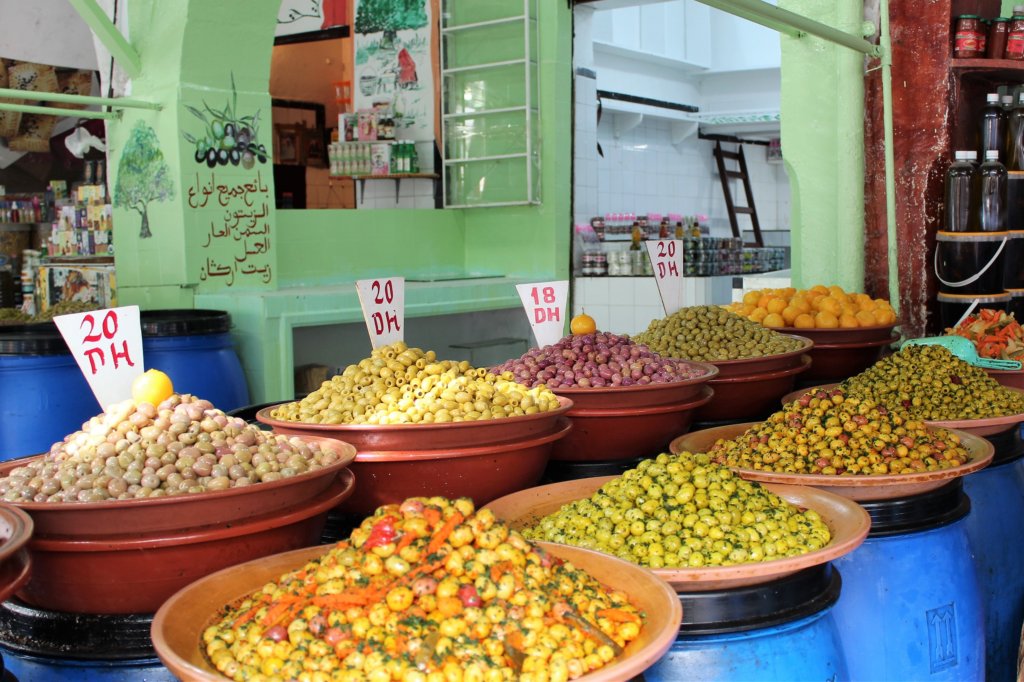
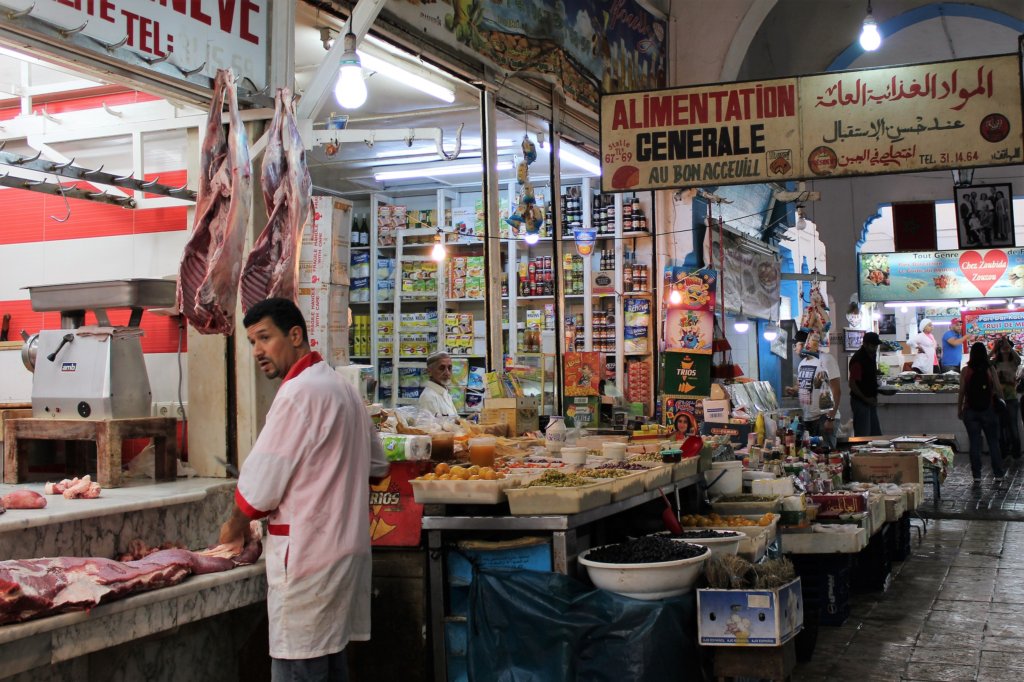
Sample the Wares at Pâtisserie Bennis Habous
One of the best things to do in Casablanca is to buy some pastries from Pâtisserie Bennis Habous. This famous bakery supplies many of the top hotels and restaurants in the city, but members of the public can buy from them directly by visiting their pretty tile-lined shop in rue Fkih el-Gabbas. Be prepared for a long wait and a bit of pushing and shoving – the place is extremely popular!
Choose from traditional Maghribi pastries such as akda aux amandes (almond macaroons) or, my favourite, cornes de gazelle (pastries filled with a paste of almonds and orange essence). Take your purchases to a nearby café and enjoy them with a glass or two of traditional mint tea.
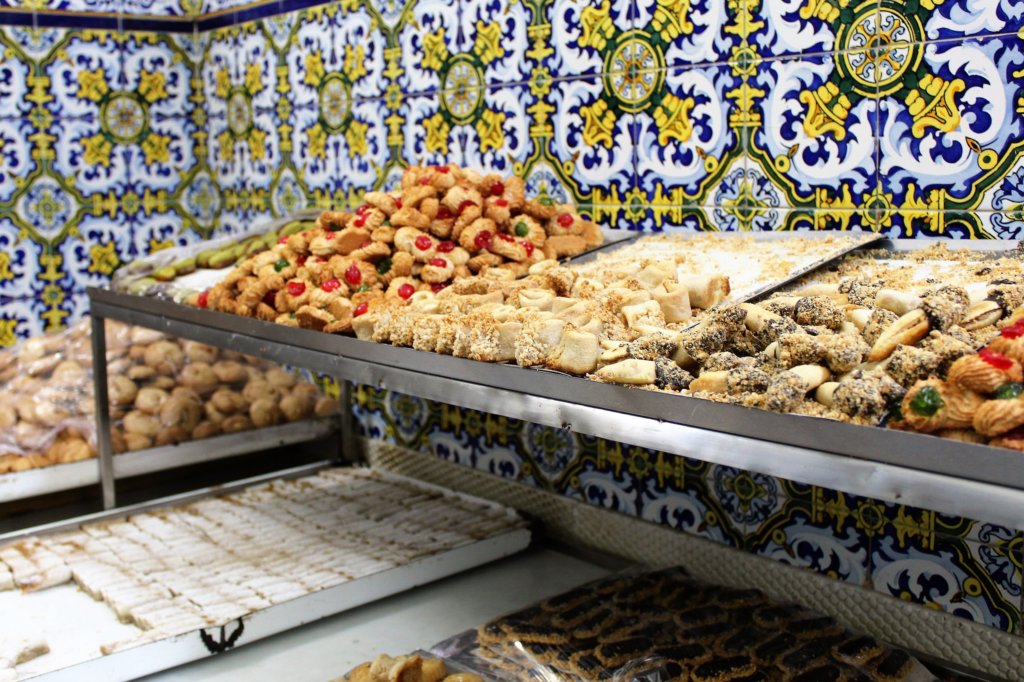
Linger in Place Mohammed V
The central plaza in Casablanca, named after the former king of Morocco who died in 1961, was completely redesigned in 2017. It is the heart of the administrative district of the city and is surrounded by civic offices. Many of these public buildings have Mauresque architectural details. On one side of the square is the newly-constructed Grand Théâtre de Casablanca designed by the Moroccan-born French prize-winning architect, Christian de Portzamparc.
The square now with its green spaces and attractive fountains, is a popular meeting place for office workers and Casablancan families. Locals refer to it as ‘Pigeon Square’ due to the large number of these birds that congregate here, drawn mainly by the children feeding them bags of corn!
Water sellers in traditional dress add a splash of colour to the square. You can take their photo – for a small fee, of course!
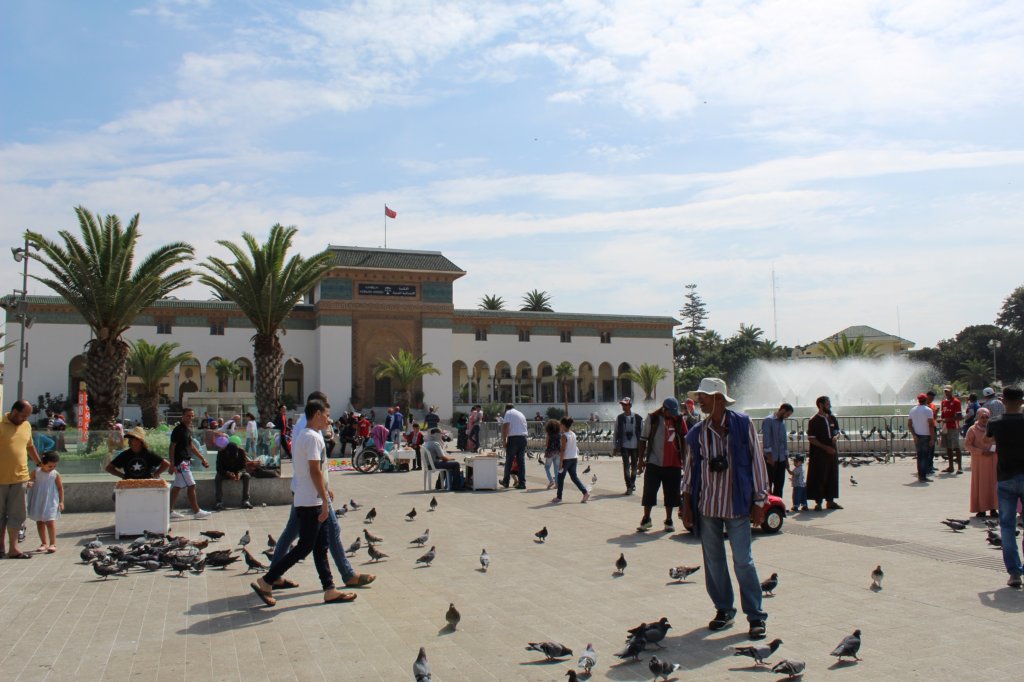
Admire the Royal Palace
The Moroccan royal family live in the country’s capital, Rabat, but stay here when they visit Casablanca. It isn’t open to the public so we could only glimpse it through the gates.
The current king, Mohammed VI, has been on the throne since 1999. In Morocco, the heir apparent isn’t allowed to marry until he becomes king. Mohammed married a commoner, Salma Bennaniin, in 2002. Her mother died of cancer when Salma was only three years old. Since marrying the king, she has set up several cancer charities and in 2006 she was named a Goodwill Ambassador for the World Health Organisation’s Cancer Care, Promotion and Prevention Programme.
Pose outside Rick’s Café
One of the best things to do in Casablanca is to go to Rick’s Café. I know it’s a cliché, but who doesn’t want to say they’ve been to the bar made famous in the iconic movie? Yes, it’s just a tribute. After all, the film was shot in a studio! And yet, it still feels special to be here.
I’m unable to recommend eating at Rick’s because we were there when the former American diplomat who owned the place had just died. Opening times were erratic and we were advised that the food and drink were not up to scratch as the local staff tried to keep the business going. Check locally for the current situation.
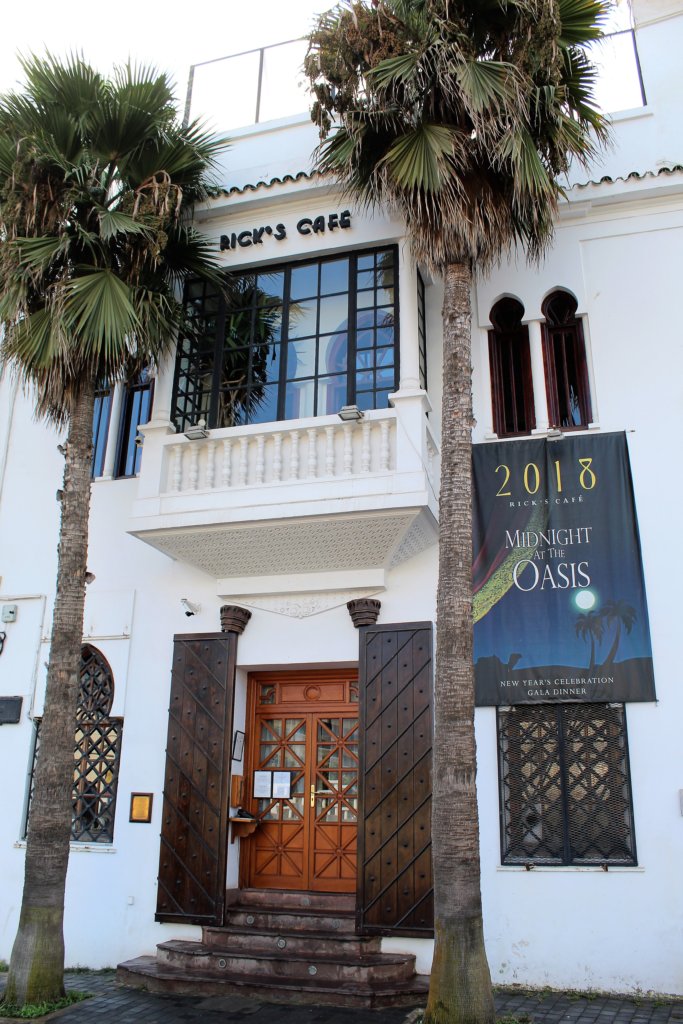
Try to See Mahakma du Pasha
This public building is free to enter but is rarely open to the public! It houses more than 60 rooms decorated with sculpted wooden ceilings, stuccowork, wrought-iron railings and earthenware floors. Apparently, it’s well worth a look. Unfortunately, on the day we were there, no amount of coercion by our guide could persuade the security guard to open up for us, so we will probably never get to see it for ourselves! If you manage to gain entry, please let us know what it’s like!
Marvel at the Mauresque Architecture
The area around Boulevard Mohammed V in Casablanca is the best place to admire fine examples of Mauresque (Moorish) architecture. This blend of French colonial and traditional Moroccan styles was developed in the 1920s and 1930s. It was heavily influenced by the art deco and art nouveau movements and has resulted in ornate wrought-iron balconies, rounded exterior corners and decorative facades and friezes, many with coloured tilework. Some of these beautiful buildings have fallen into disrepair, but there is extensive renovation work going on. I’m sure the district will be restored to its former glory within the next few years.
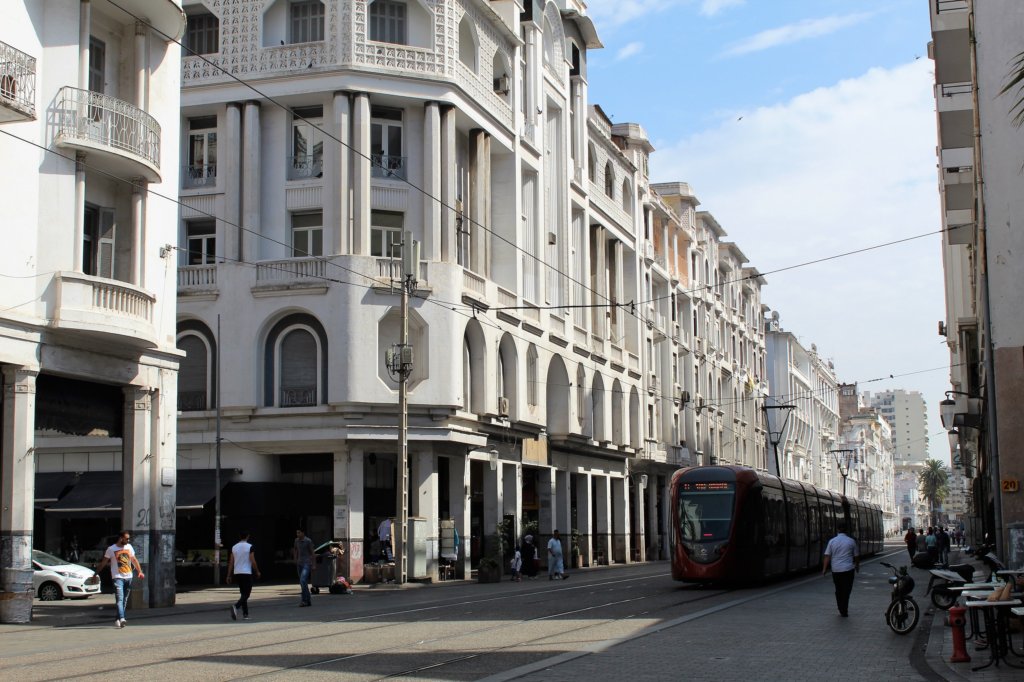
Go to the Beach at Aïn Diab and Anfa
These affluent beachfront suburbs of Casablanca are a great place to escape from the chaos of the city if you feel the need to do so. They are frequented by ex-pats and wealthy locals. We took a taxi to have a look but we didn’t linger. The concrete-built beach clubs which line the shore are not really our cup of tea. Neither are McDonald’s and Burger King which seemed to be the only options, outside of the clubs, for lunch!
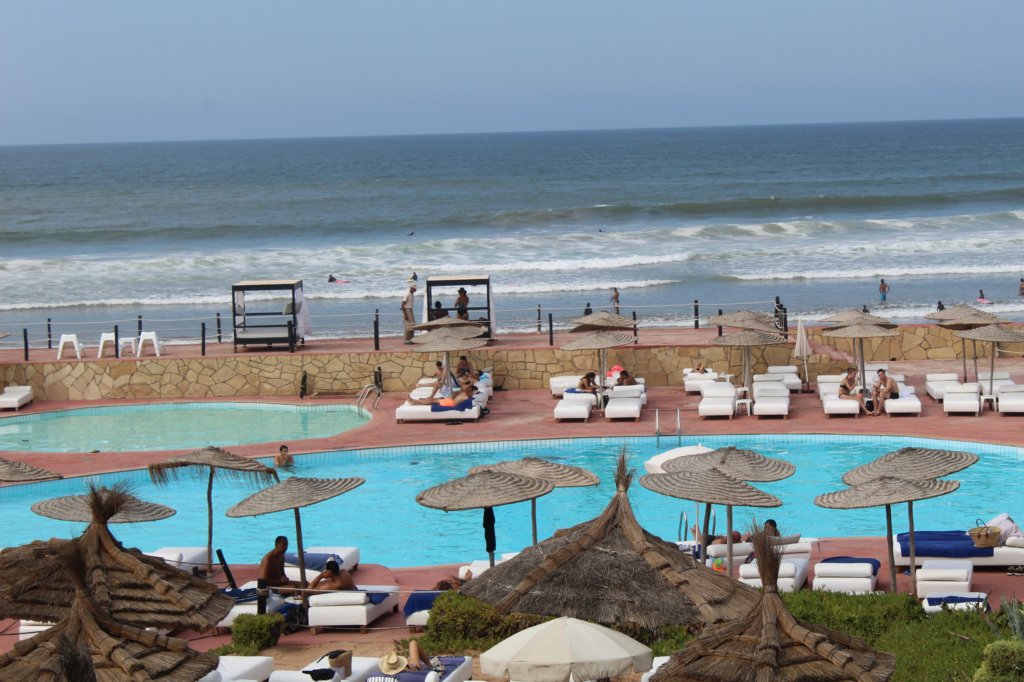
Book a Tour in Casablanca
READ MY COMPLETE MOROCCO TRAVEL GUIDE
Further Reading About Casablanca
Check out my Morocco colouring books!
Unlike most colouring books on the market, mine, suitable for both adults and older children, are full of line images created from photos I have taken on my travels. This means that they are highly detailed. They are not line drawings where you can colour between every line. The pictures invite you to be creative. Apply a colour wash with watercolour. Use coloured pencils to create texture. Blend colours together. Add detail with a fine ink pen. The choice is yours! Create your own work of art! When you’re happy, remove it from the book. Stick it on the fridge as a reminder of a place you’ve already been to or somewhere that’s on your bucket list. You could even get it framed. Display it on the wall for people to admire.
Here is a selection of my Morocco titles:
If you like what you’ve read, PIN IT!!
If you’re travelling soon, please use these links!
Are you travelling soon? Use these links when making your bookings. These are the companies we use. It won’t cost you any extra, but we will earn a few pennies to help keep Happy Days Travel Blog going. Thank you!!
- Book your travel insurance with World Nomads (Never leave home without protecting yourself, your trip and your belongings!)
- Book your flight with Skyscanner
- Book your accommodation with Booking.com
- Book a tour with Tour Radar or Intrepid Travel
- Book city tours and activities with Get Your Guide
Disclosure: This post contains affiliate links. If you click through for more information, or to make a purchase, it may result in a small commission coming my way. Please note that there is no extra cost to you associated with this. Thank you so much for supporting my site.
Join our mailing list

Sign up to receive our monthly newsletter. Keep up with what we're doing and be the first to receive special offers and insider tips.

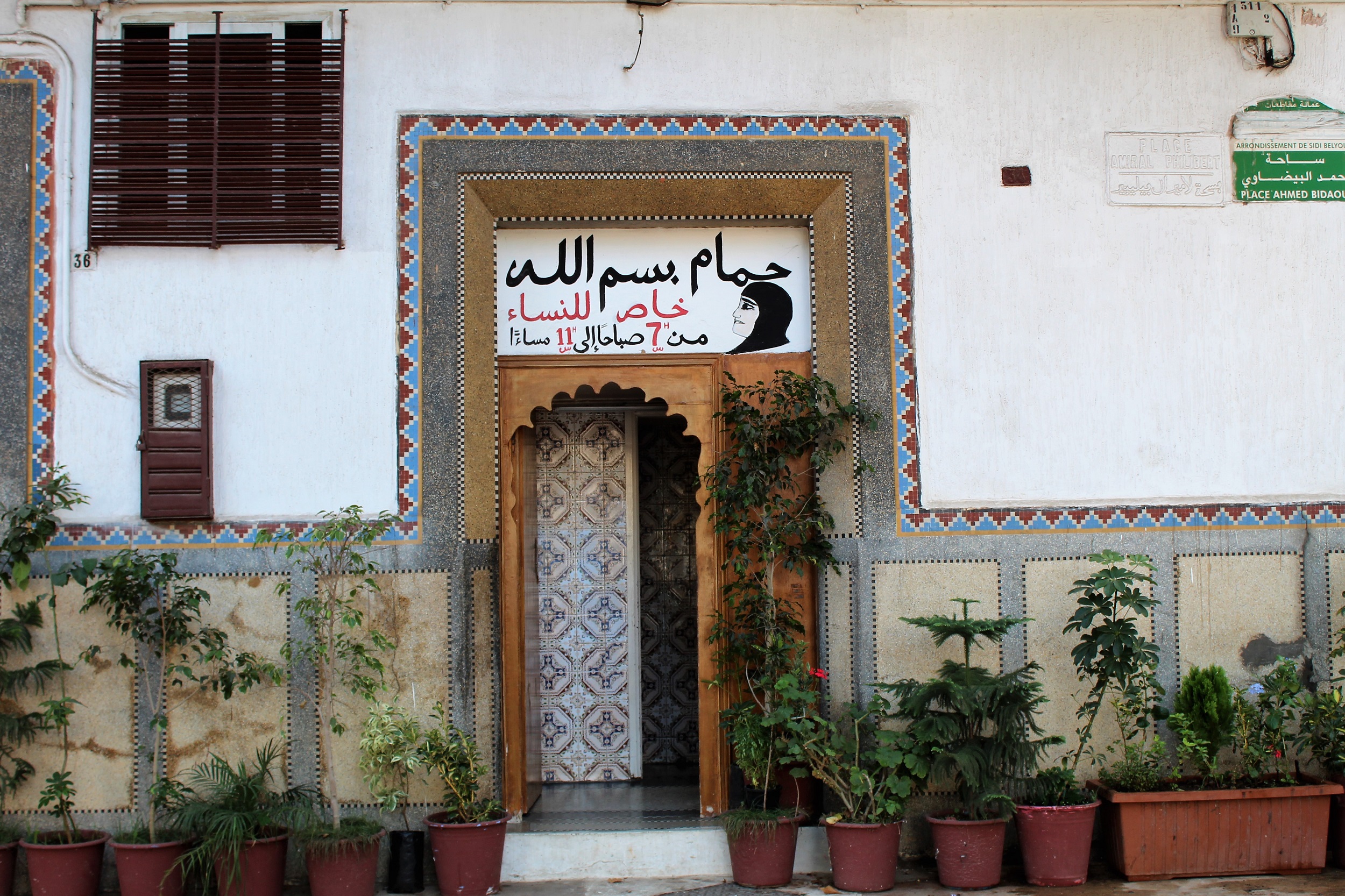
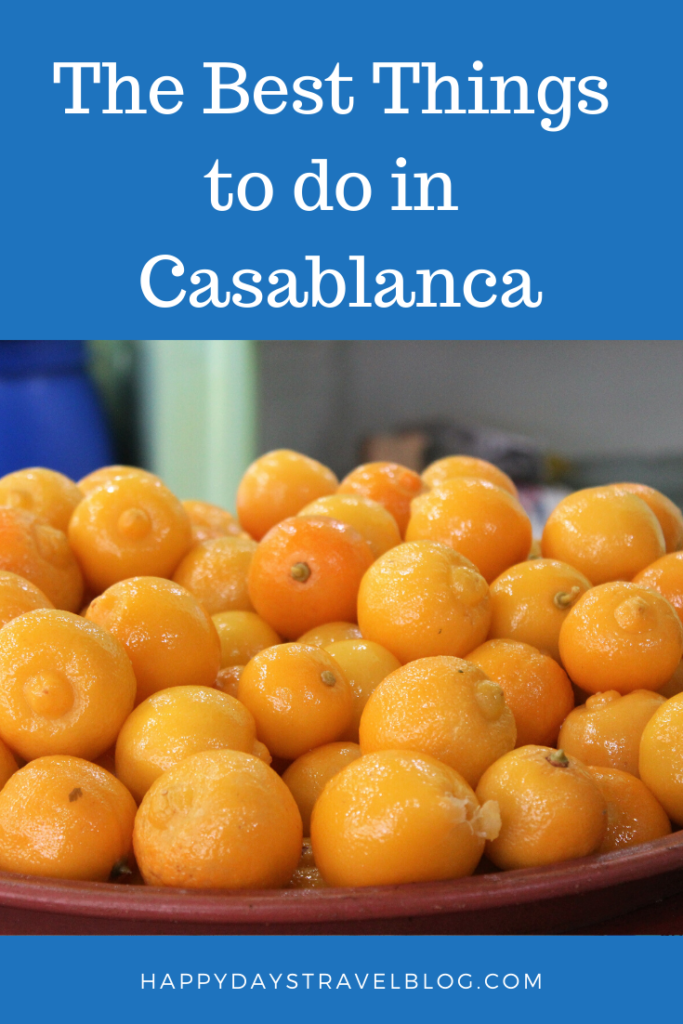
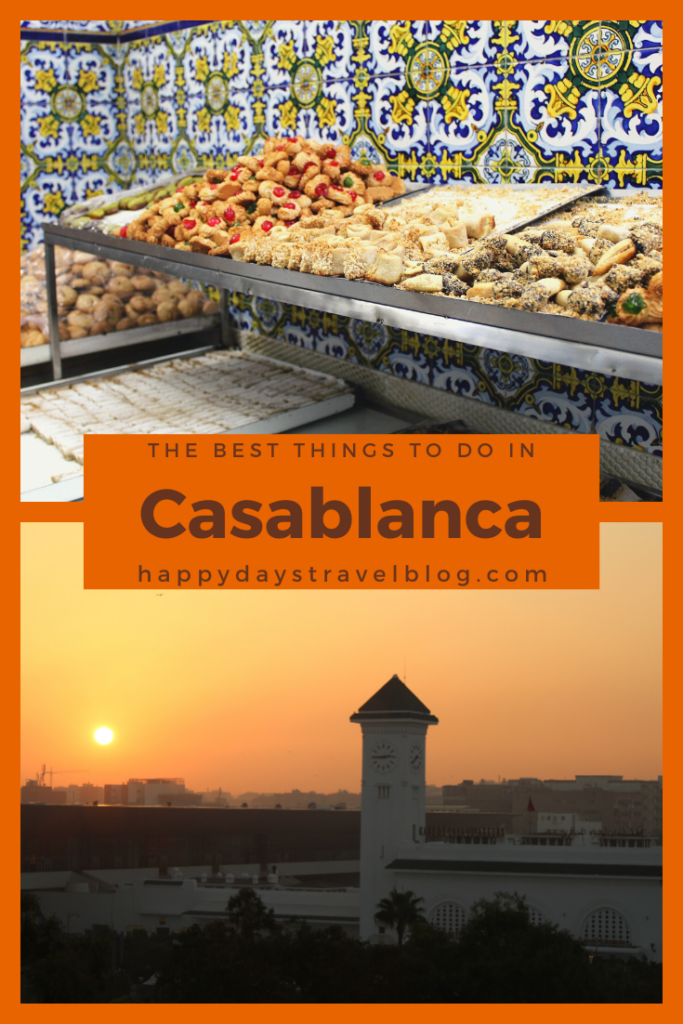
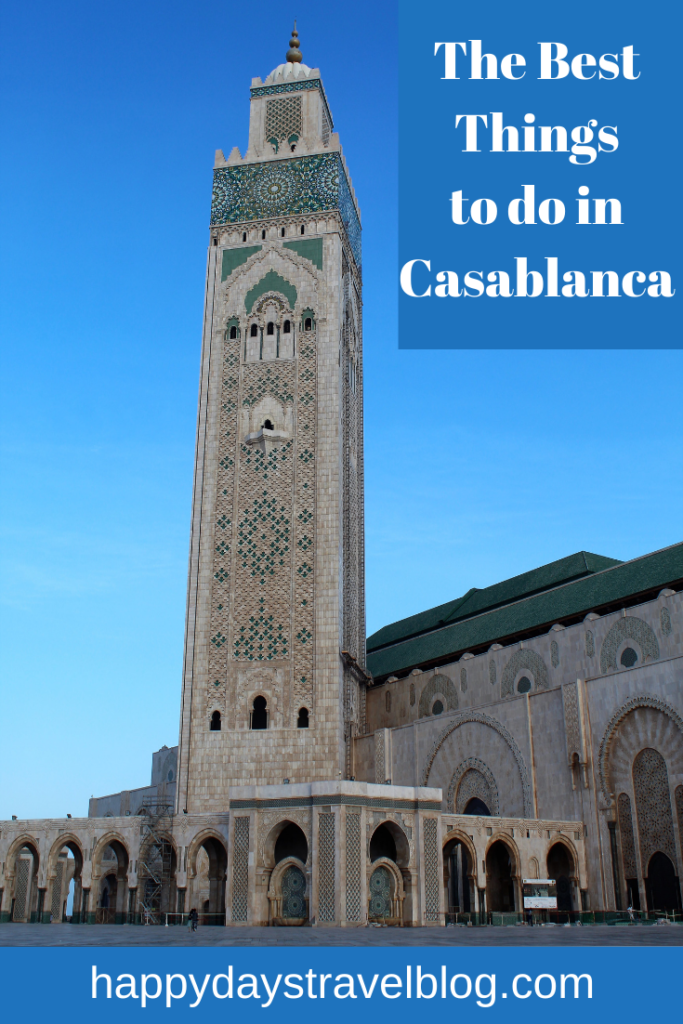
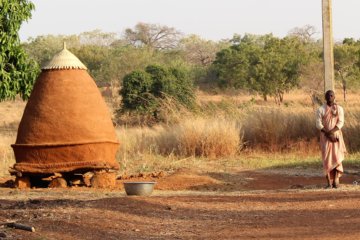
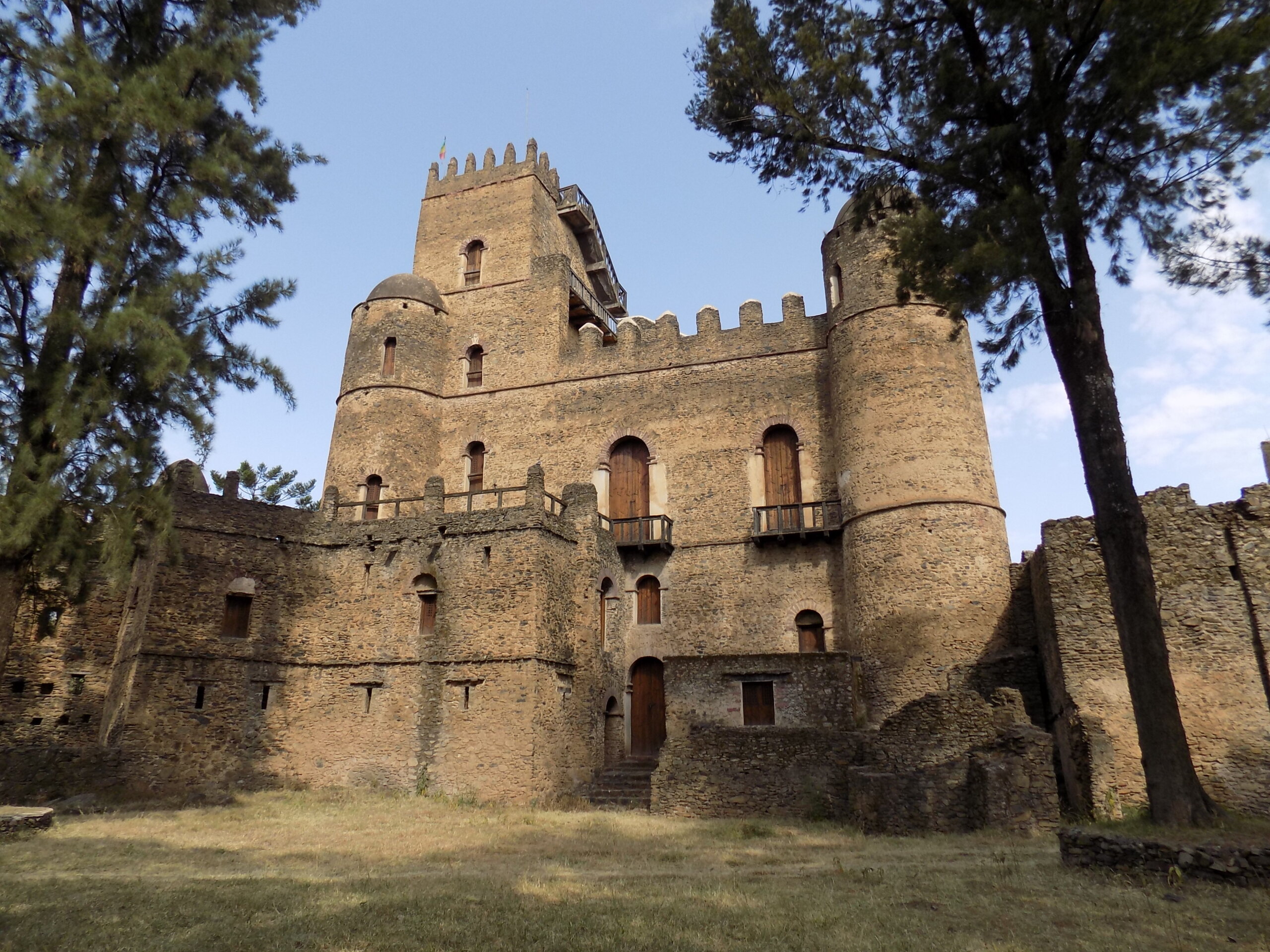
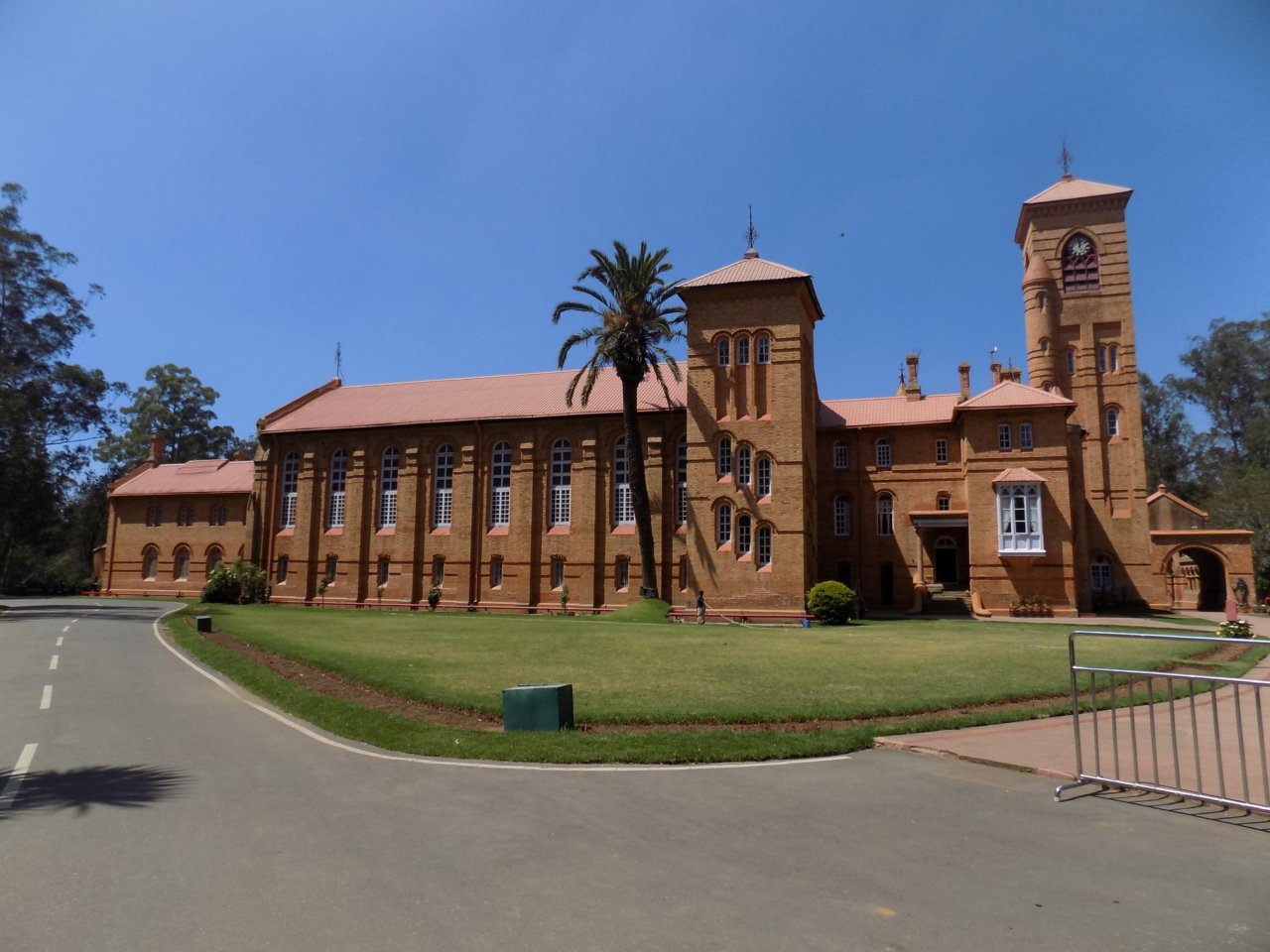
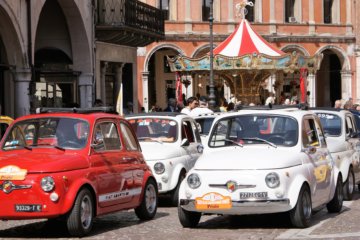

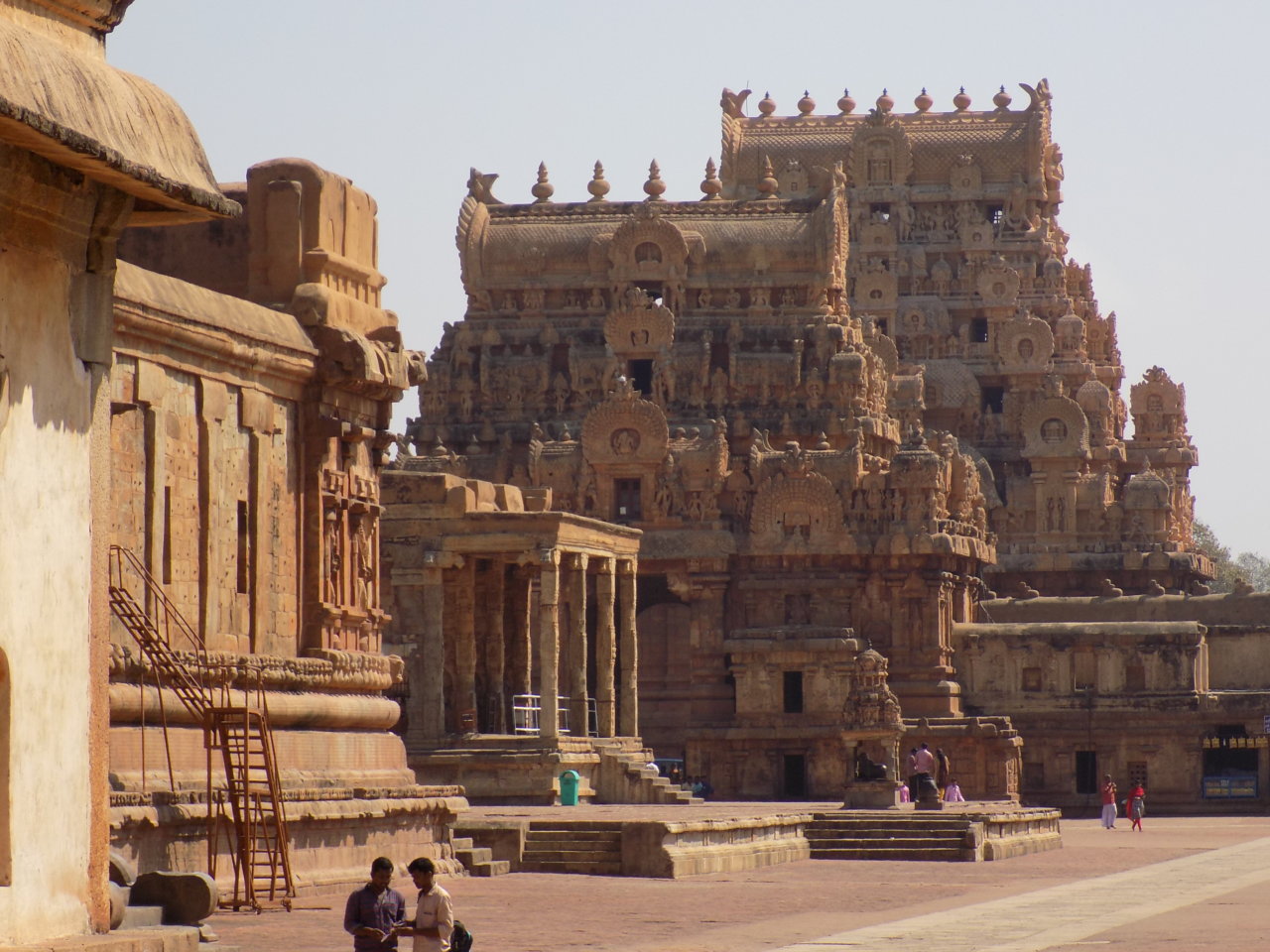







Im special moroccon .cooker.i live in America. For 20 years. Sometimes i find
Someone present me food he said moroccon food is not true. Is no anyone make real moroccon food .is taste and pleasure